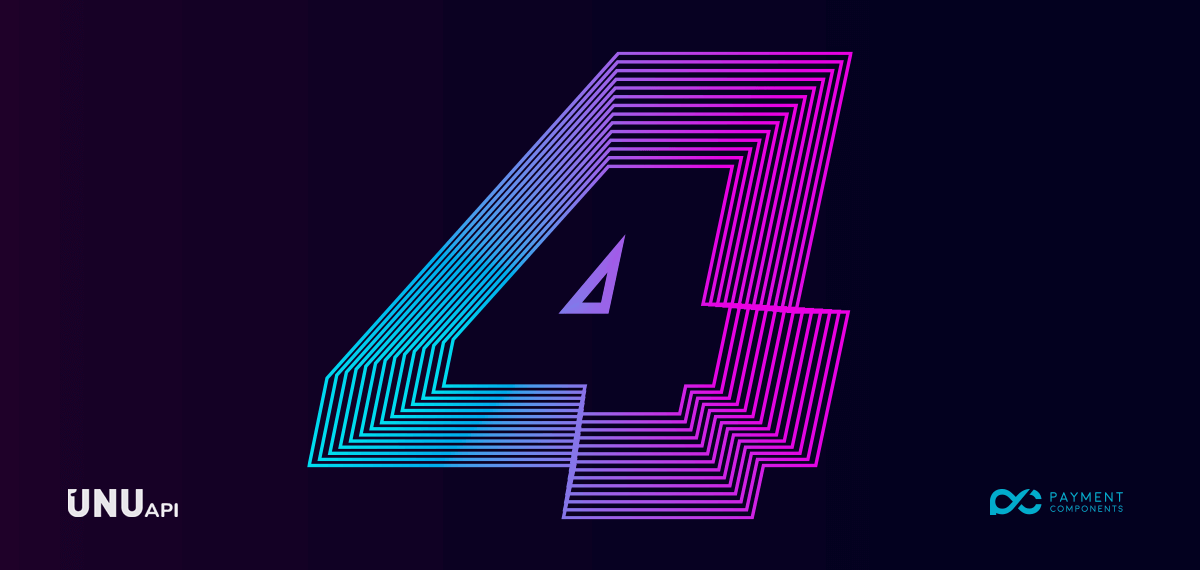4 Ways to Capitalize on Account Aggregation as a Bank or EMI
As fintech and big tech companies take on a larger portion of the financial services market, electronic money institutions, and small banks are having to make an extra effort to remain relevant.
Customers expect now a consolidated view of their accounts in a single location rather than separate individual logins, and with new directives such as PSD2 and the high adoption of APIs, this is now feasible. However, aggregation service is just the minimum requirement for the financial institutions of our era.
How can small banks and EMIs remain relevant and not become just another set of logos and numbers on someone else's screen? What are some ways to turn aggregation services into an opportunity rather than a threat? We've put together four main recommendations:
1. Prioritize personalization
One of the main benefits of aggregating other financial products into the same banking platform is that banks and EMIs can gain a better overview of their customers' financials. By integrating with various bank accounts, like wealth management, saving, or investment accounts, a bank can segment their customers according to their overall risk profile, purchasing preferences, and spending habits.
This data can then be used to build a personal finance manager, assess credit risk more accurately and publish marketing messages that target a customer more accurately. This personalized user experience will translate into better customer engagement, higher customer satisfaction, and increased brand loyalty.
2. Offer various relevant banking products
Although neobanks and challengers are becoming increasingly popular, many of them do not hold banking licenses and are therefore unable to offer essential banking products such as mortgages, loans, and insurance products. Those that do, often use third party firms and therefore don't control the customer interaction.
Small banks or EMIs can remain relevant by offering profit-generating products that are in high demand while remaining in control of the entire customer journey. Neobanks may offer the basic banking functions, but banks can still capture a large customer base by offering products that are a necessity rather than just a nice to have.
3. Streamline identity verification (KYC)
The complicated and time-wasting process of KYC will soon be over for small financial institutions. It's a lot easier to verify a customer's identity with account aggregation services. If the customer holds accessible accounts with various financial institutions, an EMI or a small bank can authenticate a profile quickly and securely That is because banks will step away from paperwork and use a more effective and tech-savvy solution such as APIs.
Authenticating customers with the right tools allows banks to accept multiple payment methods, as well as meet any local regulatory rules more effectively.
4. Improve customer centricity
With aggregation services, a bank can implement more engaging UX, offer personal finance management services to customers and incorporate personalized marketing. Although they offer a more intuitive platform, most challengers are just AISPs (Account Information Service Provider), which means they cannot initiate payments. An EMI or small bank can gain an edge by offering both payments initiation services and a more intuitive interface.
A higher level of customer-centricity allows small banks to stand out from the competition and target the younger generation - soon to become the population segment with the most amount of buying power.
Small banks and EMIs still offer many products that challengers and other fintechs cannot include in their offering. By using a tool like UNUapi, financial institutions can capitalize on the benefits of account aggregation with an easy-to-integrate solution. This allows them not only to remain relevant but also to enjoy a considerable advantage over their competition.

